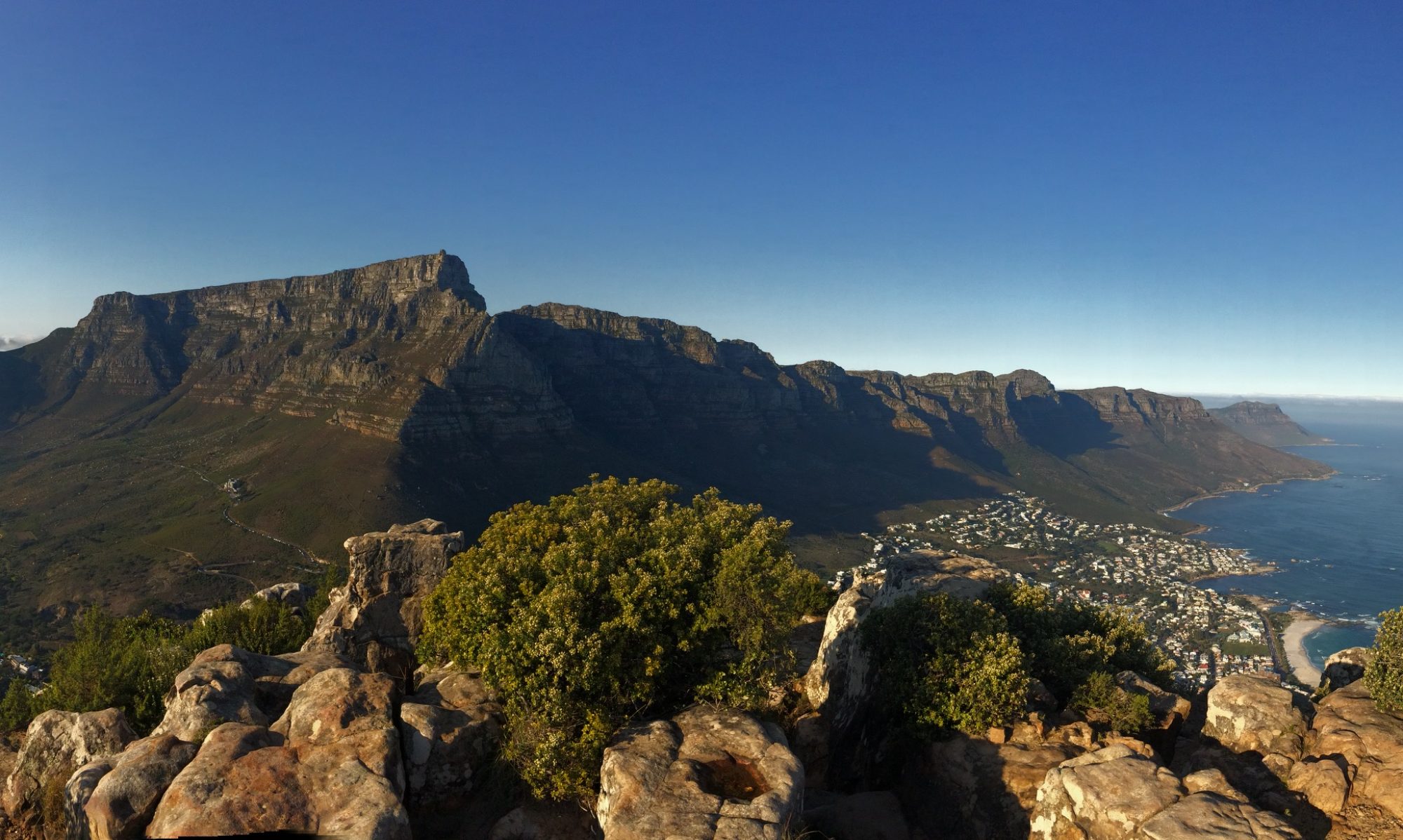Watching the Breath is an integral part of insight meditation instruction. The teacher says, “watch the breath as it comes in and as it goes out”. Some teach to observe the breath at the nostrils. Others say to feel the rise and fall of the chest, or the rise and fall of the abdomen. Many say it does not matter where you focus: choose the place where you feel the breath most prominently.
To sit and feel the breath at any of the locations above is easier said than done! As the Vipassana meditation teacher, Joseph Goldstein, says “Simple but not easy”. After 1, 2 or maybe 3 cycles of paying attention to the sensations of the body breathing, the mind will get distracted and move onto a more compelling mind object. A thought, a vision, a sound, or a feeling in the body can encroach on the breath. When this happens the tendency is to berate oneself and force the attention back to the breath. But all of this is part of the practice: watching the breath, drifting away from the breath, noticing the drift, and returning to the breath over and over again.
I have often wondered why the Buddha and other teachers chose the breath as a way to achieve a concentrated mind. We know from physiology that long deep breaths, particularly exhalations, activate the parasympathetic nervous system. This causes relaxation in the body. When we relax, the mind can become calm and then concentrated. However, for some people, attention to the breath can feel awkward and “tight”. Focusing on another part of the body, for example, sensations in the hands, can feel less constricting and allow their minds to become concentrated.
And therein lies the beauty of meditation. There are basic teachings and guidelines, but ultimately, each person must find their own way to the inner workings of the mind. It may be the breath, or the sound of a bird singing outside the window, or the gentle pulsing in the hands after a long walk in the woods.
